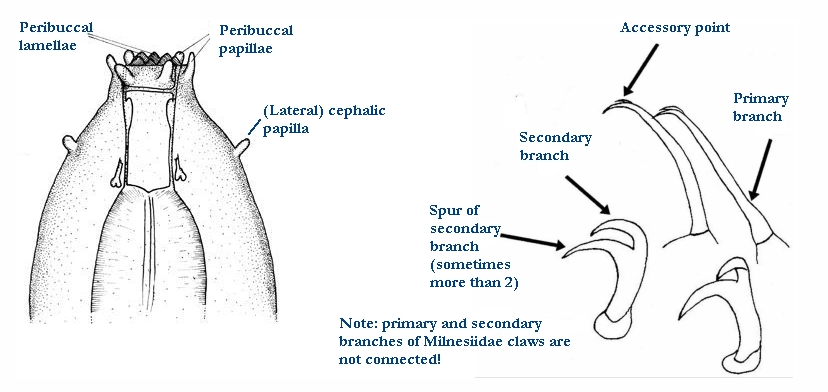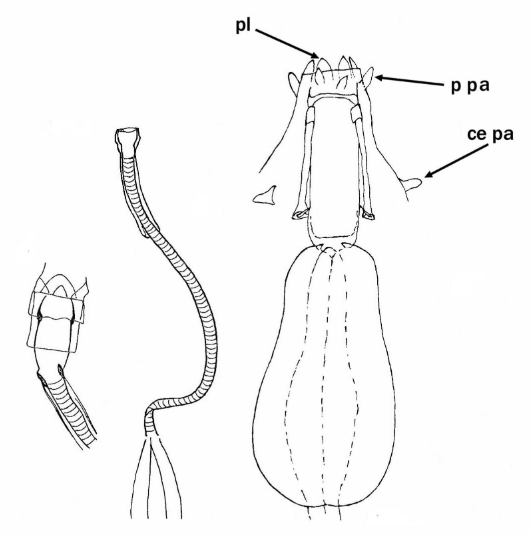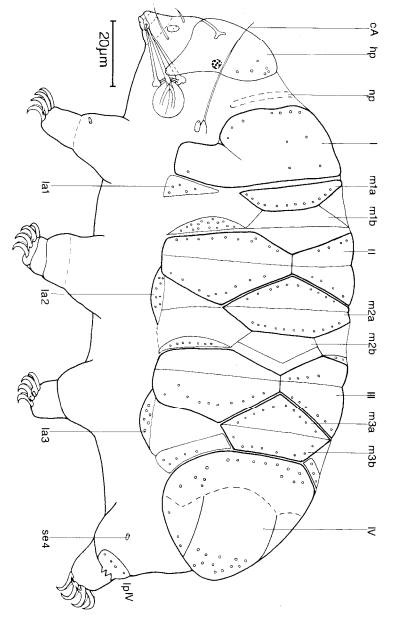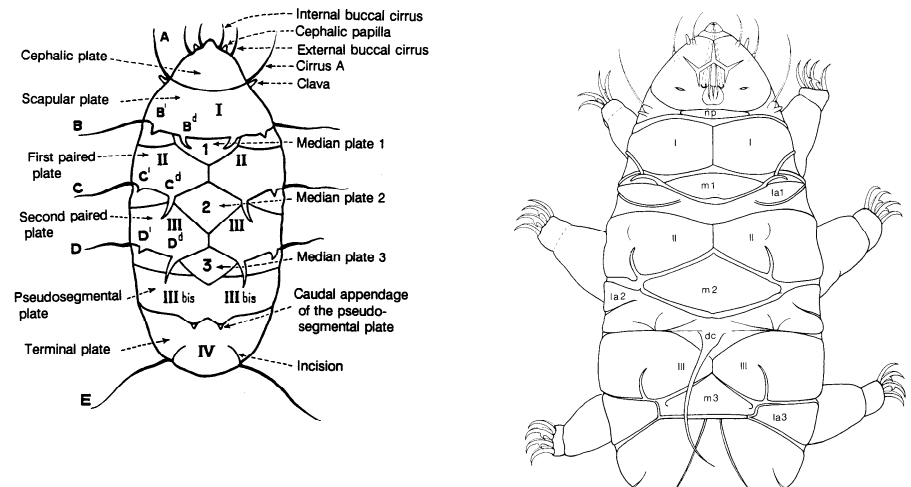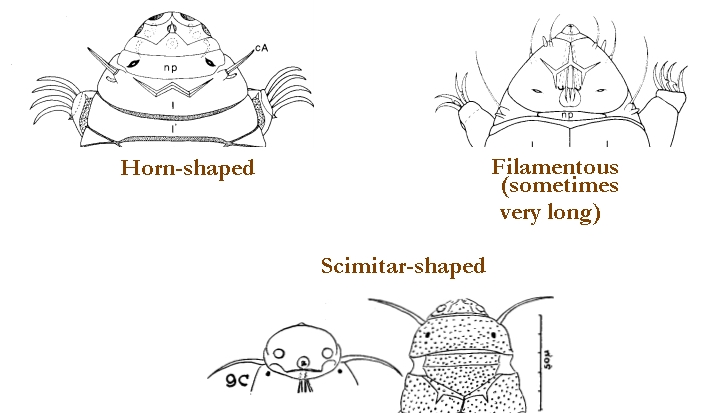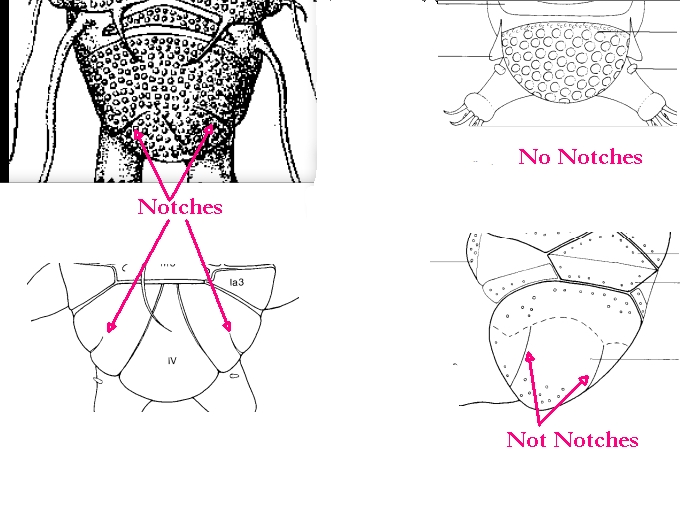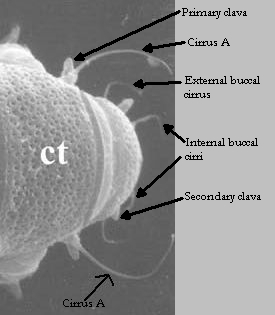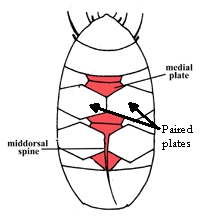Macrobiotus

Macrobiotoidea from Marley et al. 2011: “Parachela; claw pairs symmetrical (2112); AISM generally asymmetrical, due to the ventral lamina, with lateral caudal processes of crests and hooks.” Macrobiotoidea from Bertolani et al. 2014: “Double claws symmetrical with respect to the median plane of the leg (sequence 2112); double claw of each leg similar in shape and size; each […]




